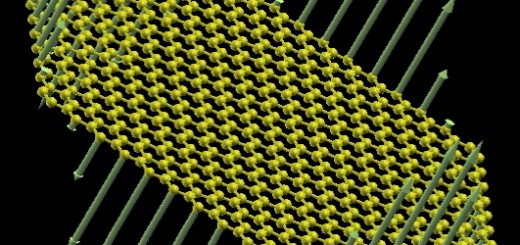Dissipative Systems and Non-Equilibrium Bose-Einstein Condensation: from microcavity polaritons to atom lasers
 Wednesday, 17 December 2008, 12:00-13.00
Wednesday, 17 December 2008, 12:00-13.00
Dr. Marzena Szymanska
University of Warwick
By confining photons in a semiconductor microcavity, and strongly coupling them to electronic excitations, one may create polaritons: bosonic quasi-particles with an effective mass of 10-9 times that of Rubidium atoms, thus allowing BEC at elevated temperatures. After a long and strenuous search, the comprehensive set of experiments has finally given evidence for BEC of polaritons. However, this new condensate depart from the archetypal BEC in several ways. Most importantly, polaritons have short lifetime and so a continues pumping is required to sustain a steady-state. This leads to a new type of condensation which can exist in highly non-equilibrium and dissipative environment.
I will discuss that, surprisingly, the mechanism of condensation, connected with the chemical potential reaching the bottom of bosonic modes, is the same in closed systems at equilibrium and in open systems with pump and decay.
However, even when the system is characterized by a thermal distribution, the presence of pumping and decay significantly modifies the spectra of phase fluctuations leading to correlation functions — and thus condensate lineshape
— that differ both from an isolated condensate and from that for phase diffusion of a single laser mode. I will also comment how these effects might be relevant for the properties of the atom lasers. These generic features of dissipative condensation can be observed in different optical probes; they also affect the decay of spatial and temporal coherence in a condensate; and modify its superfluid properties.


















